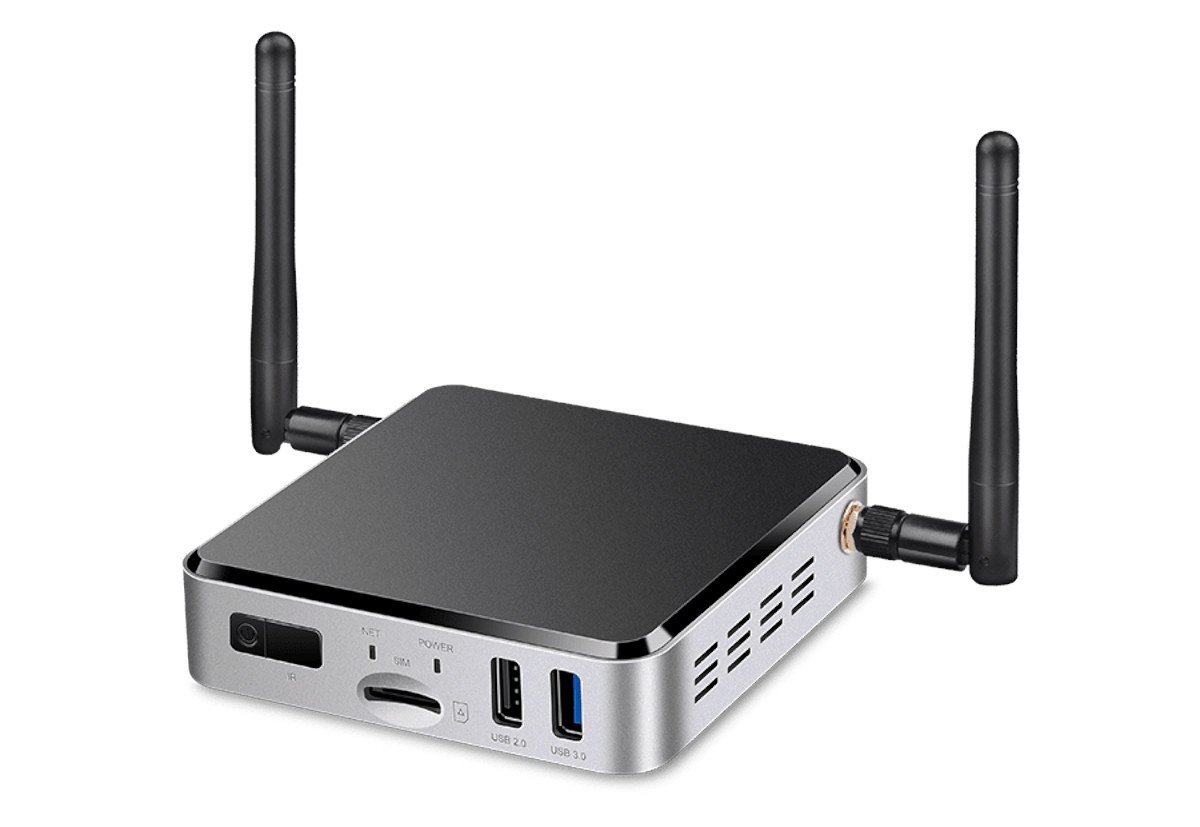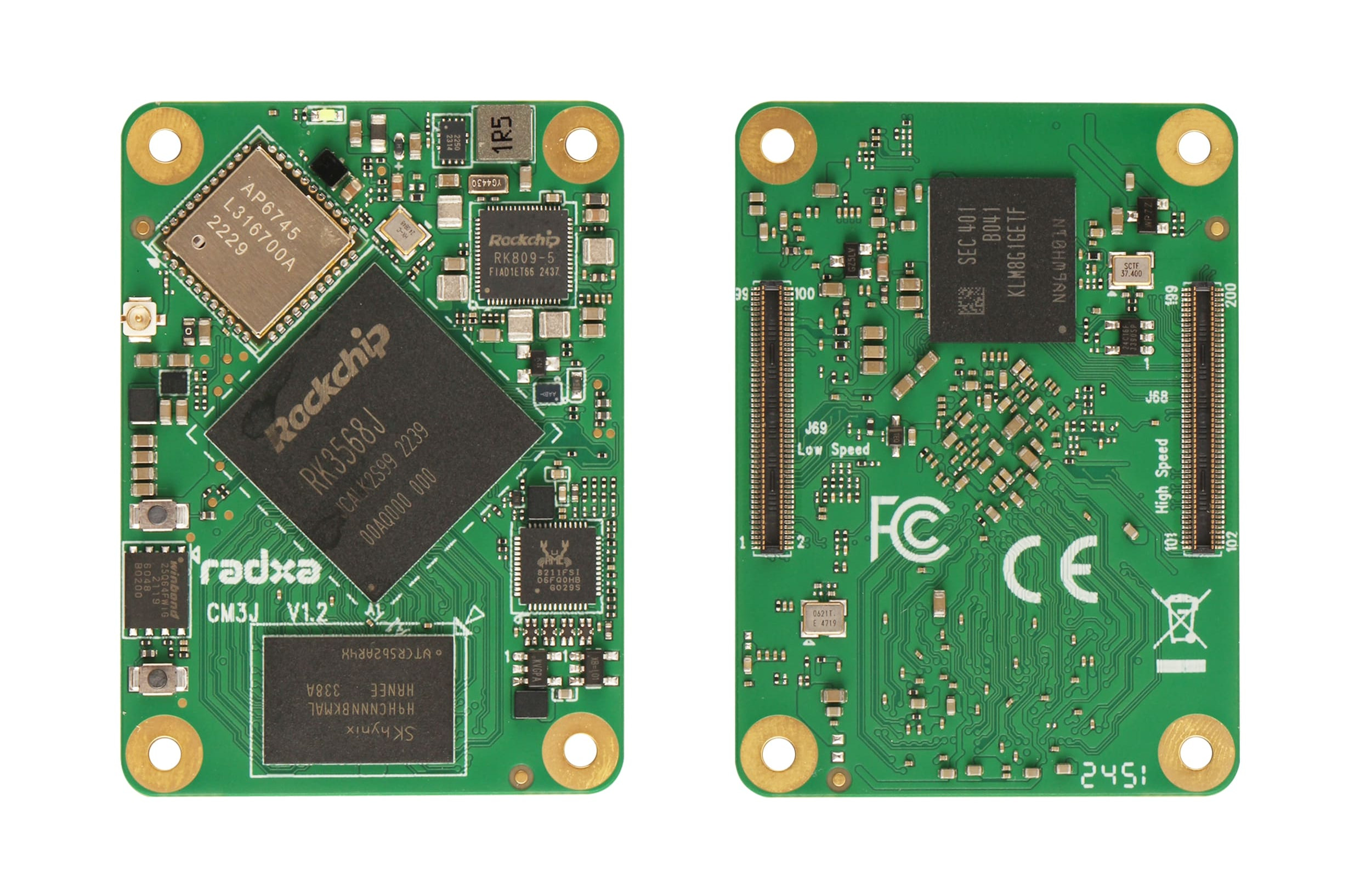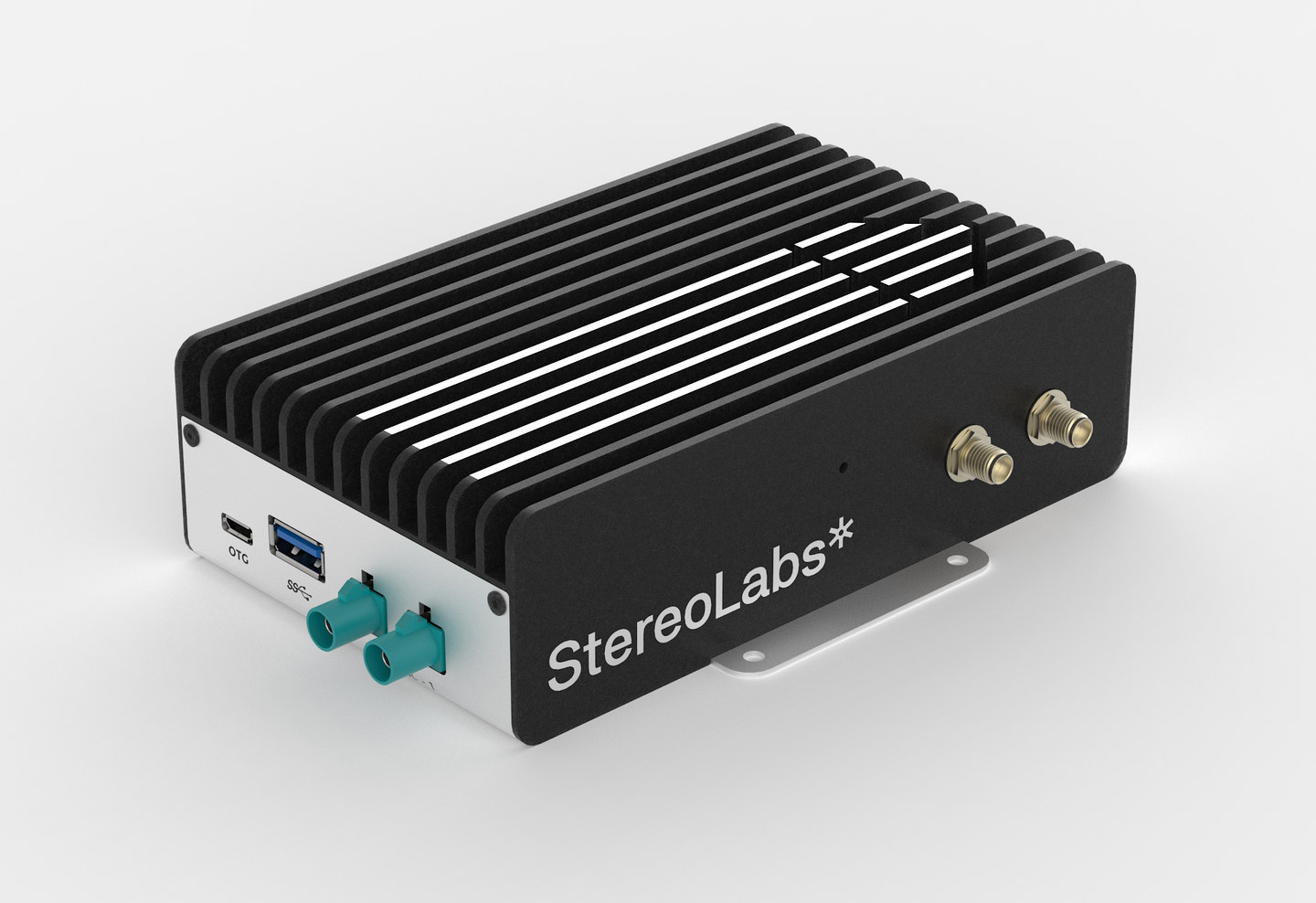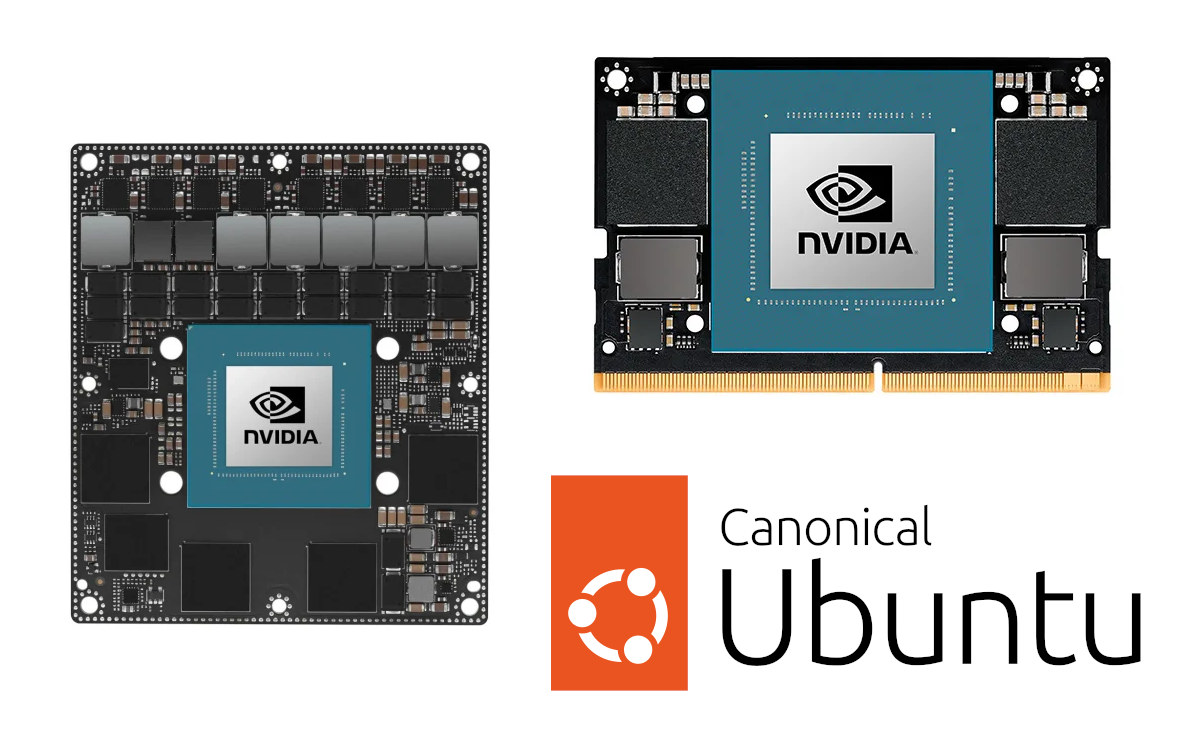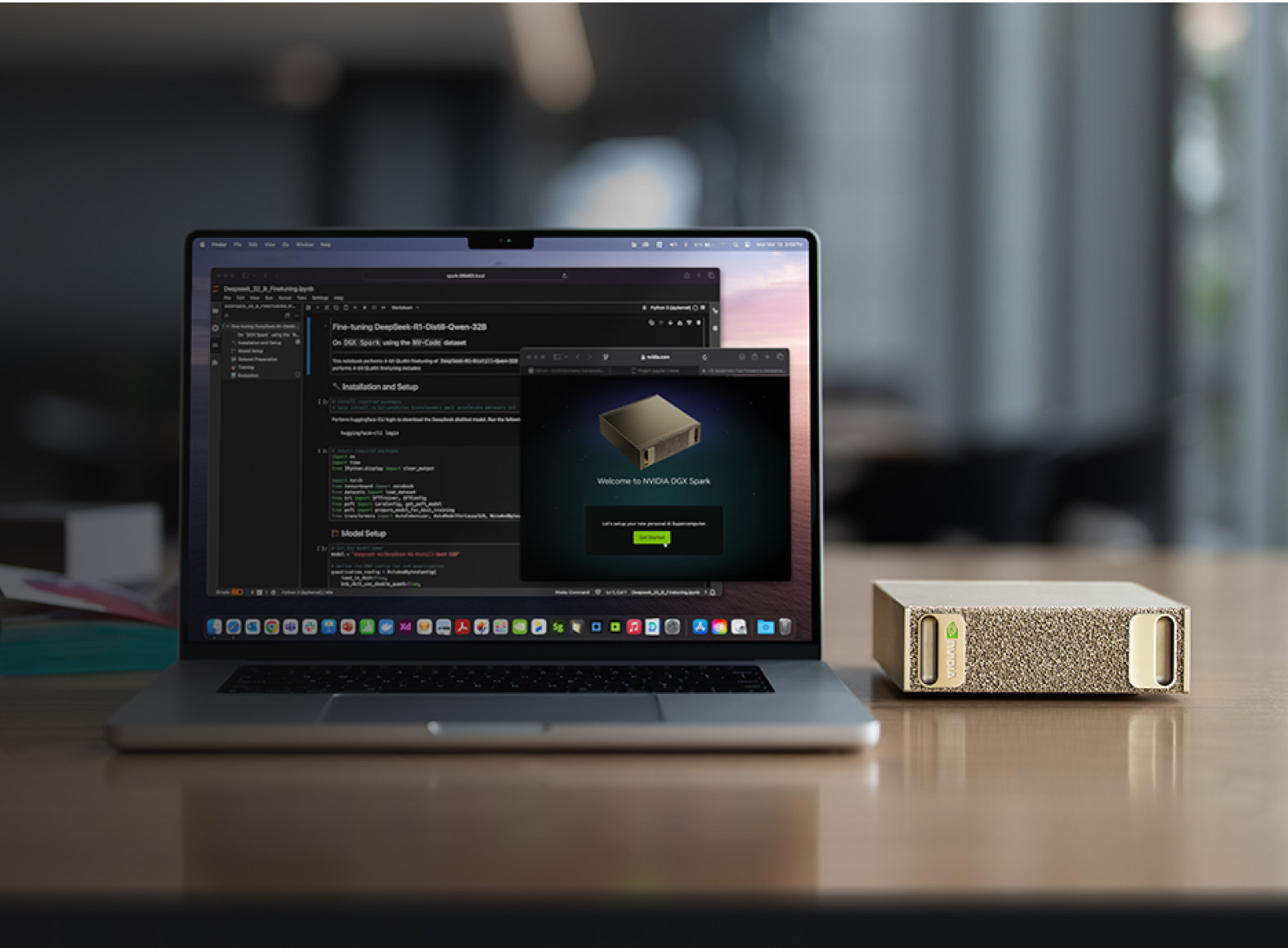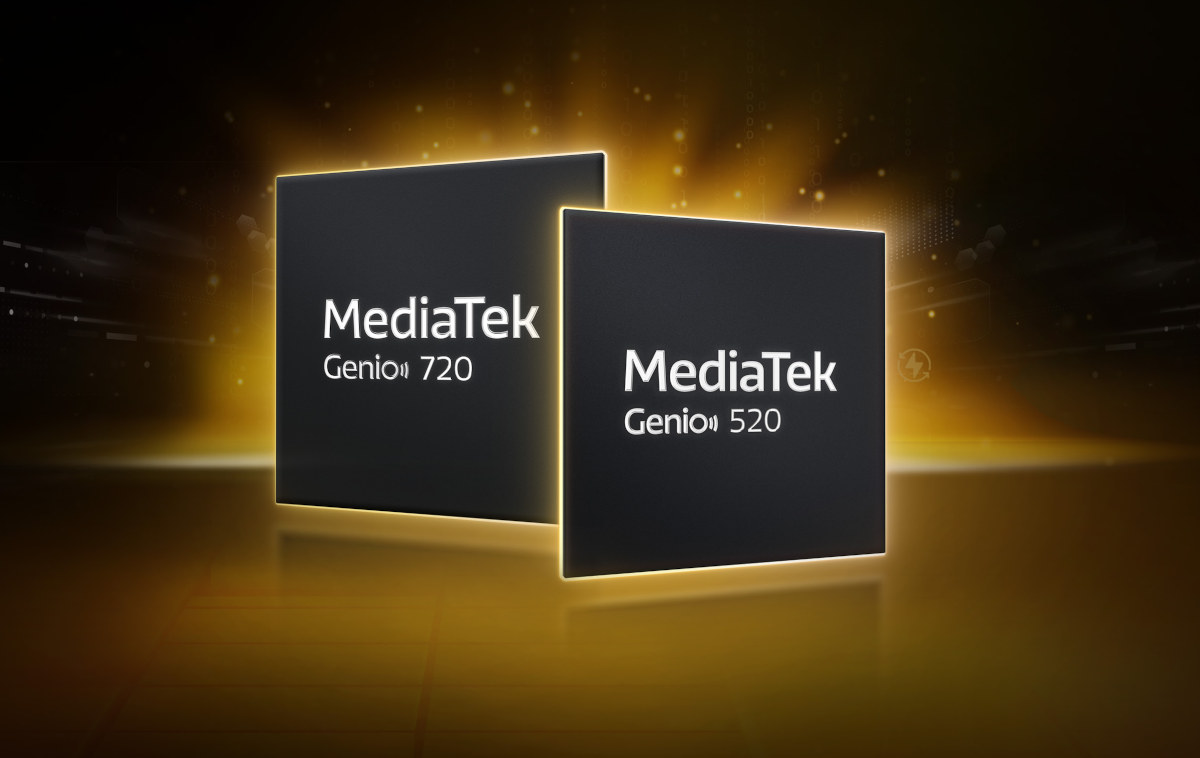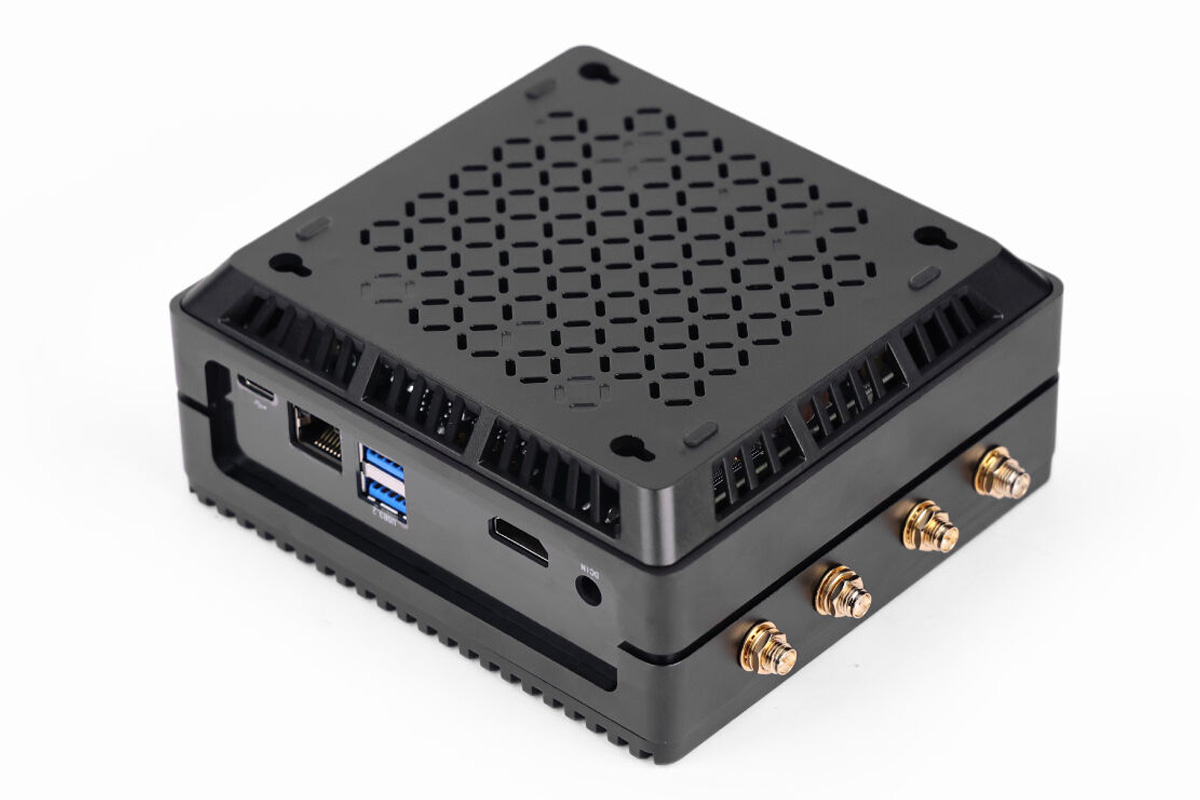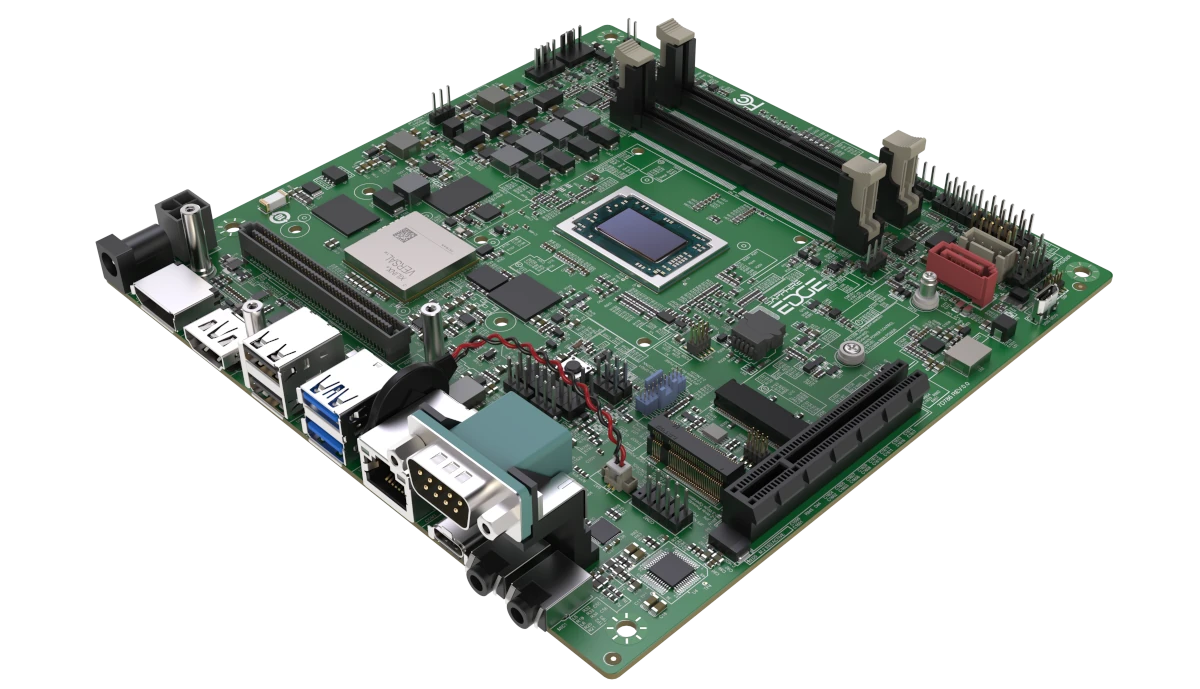Geniatech APC680 is described as an “AI-powered TV box” powered by Synaptics VS680 quad-core Cortex-A73 SoC with a built-in 7.9 TOPS NPU and designed for smart entertainment and edge computing. The system comes with 4GB RAM and 16GB eMMC flash by default, 4K capable HDMI output and input ports, gigabit Ethernet, WiFi 5 and Bluetooth 5.0, a few USB ports, and a range of wireless options including 4G LTE, Zigbee, Z-Wave, and LoRa. Besides being just an AI-powered TV box, it could also be used as a Smart Home gateway in more ways than one. Geniatech APC680 specifications: SoC – Synaptics VS680 CPU – Quad-Core Arm Cortex-A73 processor GPU – Imagination PowerVR Series9XE GE9920 with support for OpenGL ES 3.2, OpenCL 1.2, Vulkan 1.1, and DirectFB VPU Up to 2160p60 decode with AV1, H.265, H.264, VP9, VP8, and MPEG-2 Up to 1080p60 encode with H.264, VP8 NPU – 7.9 TOPS with […]
Radxa CM3J industrial-grade Rockchip RK3568J SoM is compatible with Raspberry Pi Compute Module 4
Radxa CM3J is a Raspberry Pi Compute Module 4 compatible SoM powered by a Rockchip RK3568J industrial-grade quad-core Cortex-A55 SoC and equipped with up to 8GB LPDDR4x and up to 256GB eMMC flash. It’s an update to the Radxa CM3 based on the Rockchip RK3566 SoC with an industrial temperature range and only two board-to-board connectors, and can also be viewed as a cost-down version of the Radxa CM3i with RK3568 and four B2B connectors. It competes directly against the industrial-grade Raspberry Pi Compute Module 4 introduced at the beginning of this month. Radxa CM3J specifications compared to the Radxa CM3 and Raspberry Pi CM4: The Radxa CM3J has been tested with the official Raspberry Pi CM4 IO Board, WaveShare CM4‑POE‑UPS‑BASE, WaveShare CM4‑IO‑BASE‑B, and WaveShare CM4‑NANO‑B, but other carrier boards for the Compute Module 4 may also be supported. Like with other such modules, there’s no 100% pin compatibility with […]
Sterolabs ZED Box Mini is a compact NVIDIA Jetson Orin Nano/NX Vision AI PC with two GMSL2 camera inputs
Stereolabs ZED Box Mini “Super” is a compact mini PC based on NVIDIA Jetson Orin Nano or NX system-on-module and equipped with two GMSL2 camera inputs with synchronization trigger input/output, enabling AI Vision processing for robotics and smart infrastructure. The AI vision mini PC / embedded computer unit (ECU) also features a 256GB SSD, HDMI 1.4/2.1 video output, a gigabit Ethernet port, an optional Intel AX201 wireless module with two external antennas, a USB 3.0 port, a micro USB port for flashing the OS, and a 10-pin GPIO header with CAN Bus and UART for expansion. ZED Box mini specifications: System-on-Module (one or the other) NVIDIA Jetson Orin Nano 4GB | 34 TOPS NVIDIA Jetson Orin Nano 8GB | 67 TOPS NVIDIA Jetson Orin NX 8GB | 117 TOPS NVIDIA Jetson Orin NX 16GB | 157 TOPS Storage – 256GB SSD inserted in M.2 Key-M 2242 socket Video Output – […]
Canonical now officially supports Ubuntu on NVIDIA Jetson system-on-modules
The NVIDIA JetPack SDK has been based on Ubuntu ever since it was created (although the Jetpack 6 SDK changed that somewhat), so I was surprised to read that Canonical now officially supports Ubuntu on NVIDIA Jetson, since I assumed there may have already been a partnership in place. The announcement explains that Canonical has announced the General Availability (GA) of Ubuntu for the NVIDIA Jetson Orin for edge AI and robotics “bringing enterprise-grade stability and support” to the popular system-on-modules. Canonical further explains the collaboration enables better performance with optimized Ubuntu images for the NVIDIA Jetson platform, enterprise-level security with updates and long-term support, a unified environment from edge to cloud, and improved stability and reliability with Canonical’s QA team performing over 500 OS compatibility-focused hardware tests. If we visit the NVIDIA Jetson page of the Ubuntu website, we’ll find Ubuntu Server 22.04 images for the Jetson AGX Orin, […]
NVIDIA DGX Spark – A desktop AI supercomputer powered by NVIDIA GB10 20-core Armv9 SoC with 1,000 TOPS of AI performance
NVIDIA DGX Spark may look like a mini PC, but under the hood, it’s a powerful AI supercomputer based on the NVIDIA GB10 20-core Armv9 SoC with Blackwell architecture delivering up to 1,000 TOPS (FP4) of AI performance, and high memory bandwidth (273 GB/s) with 128 GB 256-bit LPDDR5x. The GB10 SoC is equipped with ten Cortex-X925 cores, ten Cortex-X725 cores, a Blackwell GPU, 5th Gen Tensor cores, and 4th Gen RT cores. The system also features a 1 TB or 4TB SSD, an HDMI 2.1a video output port, 10GbE and WiFi 7 networking, and four USB4 ports. NVIDIA DGX Spark specifications: SoC – NVIDIA GB10 CPU – 20-core Armv9 processor with 10x Cortex-X925 cores and 10x Cortex-A725 cores Architecture – NVIDIA Grace Blackwell GPU – Blackwell Architecture CUDA Cores – Blackwell Generation 5th Gen Tensor cores 4th Gen RT (Ray Tracing) cores Tensor Performance – 1000 AI TOPS (FP4) […]
MediaTek Genio 720 and 520 AIoT SoCs target generative AI applications with 10 TOPS AI accelerator
The announcement of the MediaTek Genio 720 and Genio 520 octa-core Cortex-A78/A55 AIoT SoCs is one of the news I missed at Embedded World 2025. The new models appear to be updates to the Genio 700 and Genio 500 with a beefier NPU, and the Taiwanese company says the new Genio series supports generative AI models, human-machine interface (HMI), multimedia, and connectivity features for smart home, retail, industrial, and commercial IoT devices. Both are equipped with a 10 TOPS NPU/AI accelerator for transformer and convolutional neural network (CNN) models and support up to 16GB of LPDDR5 memory to handle “edge-optimized” (i.e. quantized) large language models (LLMs) such as Llama, Gemini, Phi, and DeepSeek, and other generative AI tasks. MediaTek Genio 720 and Genio 520 specifications: Octa-core CPU Genio 520 2x Arm Cortex-A78 up to 2.2 GHz (Commercial) or 2.0 GHz (Industrial) 6x Arm Cortex-A55 up to 2.0 GHz (Commercial) or […]
Seeed reComputer J3010B Edge AI PC features NVIDIA Jetson Orin Nano with up to 67 TOPS of AI performance
Seeed Studio’s reComputer J3010B Edge AI PC is built around the NVIDIA Jetson Orin Nano module, which offers up to 67 TOPS AI performance (67 TOPS in super mode), with up to 8GB LPDDR5 memory, and a pre-installed 128GB NVMe SSD for storage. The mini PC features two USB 3.2 ports, HDMI 2.1 video output, a Gigabit Ethernet jack, M.2 slots for SSD and Wi-Fi, a mini PCIe socket for LTE, a 40-pin GPIO header, and a 12-pin UART header. With a compact aluminum case and active cooling, it has an operating temperature range of -10 to 60°C and can be powered via a DC 9-19V input. These features make this device useful for AI, IoT, and edge computing applications, such as smart lampposts for traffic monitoring, EV battery swapping and charging systems, smart recycling centers for waste management, and more. reComputer J3010B specifications: SoM options NVIDIA Jetson Orin Nano […]
Sapphire Edge+ VPR-5050 “AMD Embedded+” mini-ITX motherboard combines AMD Ryzen V2748 CPU and Versal AI Edge VE2302 SoC FPGA
Right in time for Embedded World 2025, Sapphire Technology has introduced the Edge+ VPR-5050 “AMD Embedded+” mini-ITX motherboard with AMD Ryzen V2748 octa-core CPU, and AMD Versal AI Edge VE2302 adaptive SoC that combines Cortex-A72 hard core with FPGA fabric. It’s an update to last year’s VPR-4616-MB mini-ITX motherboard with the same Versal VE2302 adaptive SoC, but a lower end AMD Ryzen R2314 quad-core processor. Two versions of the Edge+ VPR-5050 are available: the VPR-5050-MB and VPR-5050A-MB with the only obvious difference from the specifications being a 64GB eMMC flash on the “A” model, and the different RAM capacities (2x 4GB LPDDR4 vs 2x 8GB LPDDR4). Sapphire Edge+ VPR-5050 specifications: AMD Embedded+ Architecture Adaptive SoC Subsystem Main IC – AMD Versal AI Edge VE2302 with dual Arm Cortex-A72 core processor @ up to 1.6 GHz, dual-core Arm Cortex-R5F, 23 TOPS AI engine, FPGA fabric, etc… System Memory VPR-5050-MB – 2x […]


